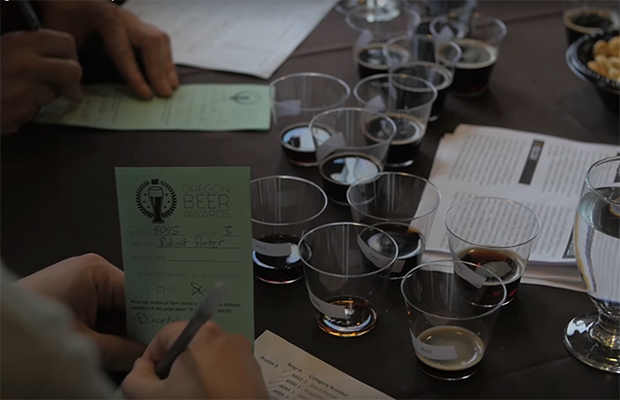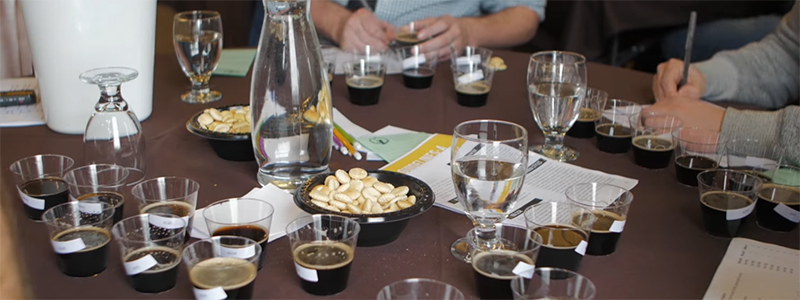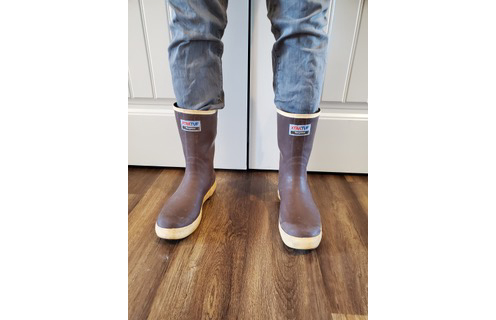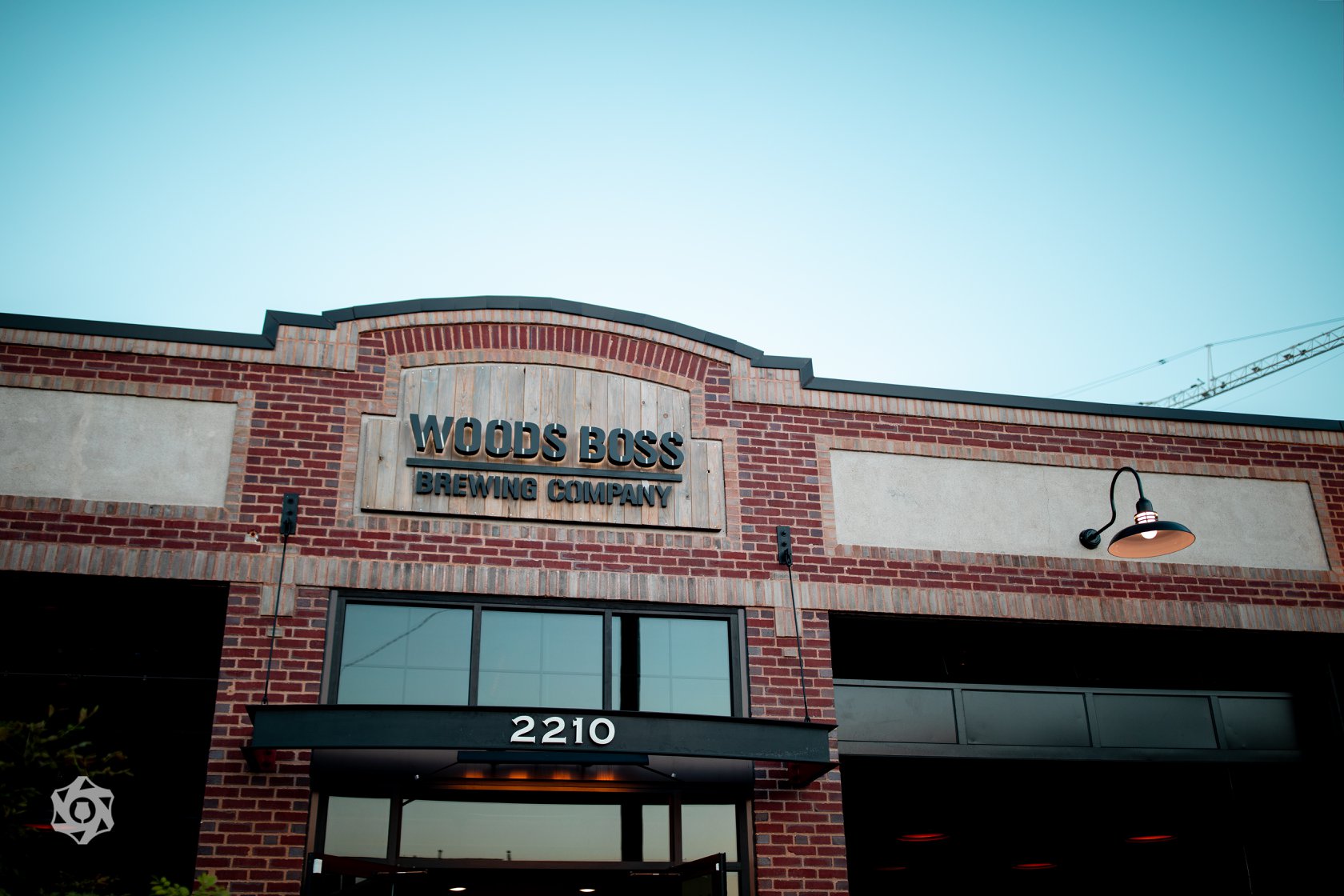
Entering a professional beer competition isn’t always just about winning medals and being named best in the category. For many breweries, it can be a validation of new techniques used, boosting the confidence of a style made that needed some tweaks or even winning something that can be used as a marketing tool to consumers.
Yet, Ben Edmunds always valued the judges’ feedback just as much. Usually, the feedback is written down with ideas on what made the beer the best or why it didn’t hit the mark. Both ways can be helpful. But Edmunds, the Brewmaster for Breakside Brewery who helps run the Oregon Beer Awards competition, thought there could be a better way to get that feedback and get more of it.
So Edmunds thought that recording the judging sessions and releasing the audio would be a great way to gain that extra feedback. The past five years of competitions have been held this way. He believes it’s the only state-wide contest in the country that does it this way.
“Professional judging is completely opaque,” he said. “But we didn’t want to burden judges with ongoing paperwork to accomplish that transparency.
“It seemed to me that as a brewer and judge myself, that the comments can be interesting and compelling pieces a lot of the time and it really can give people if they’re willing to listen to it a lot of insight into the small differences that can help beer advance or knock them, things like that.”
Edmunds has always wished competitions like GABF or the World Beer Cup would provide more insight beyond the first round results and final results, he told Brewer.
“Oftentimes the thing you care about is not whether you got out of the first round or not, but why your beer that made the medal round but didn’t end up winning a bronze or gold,” he said, “or why you got knocked out in the semifinal round and didn’t make it to a medal round.”
The setup is fairly simple for the OBAs to record their judges. A simple digital recorder is placed at each table of judges. Each beer is labeled by a number instead of a name and each flight is 8-12 beers long. Since the beers are judged by more than one judge, the top three beers agreed on by the group move on to the next round. All of that deliberation is available on the audio, which can explain to a brewer of the anonymous beer how the beer was thought of, not just a few notes on a piece of paper.
As the table ends judging, the digital recorder’s audio file is put into a computer and labeled throughout the day. Once the award ceremony happens, an email goes to all the entrants with links to the different tables that their beer was on.
”I think absolutely that you get a better insight into the small details and nuances that separate good beers from great beers,” Edmunds said. ”It gives people access to listening to the kinds of conversations that happen at judged medal round tables.”
In the first year, there were some concerns by the judges about how the reactions would be, but Edmunds just told them brewers send their beer to be judged professionally, so the judges just need to be professional in how they critique the beer.
“You know, don’t trash beers,” he recalls telling them. “Don’t be mean to beers, just speak professionally. Like you really ought to.”
And participants can listen to any of the recordings, not just the ones that their beers are in. Since only the entrants know their numbers and the judges are speaking about the number, it can give a good anonymous take on how a beer is judged.
“If I’ve wanted to listen to what are the things that judges are interested in in an American Amber Ale, I can listen to that medal round, even if I don’t have a beer in the race,” Edmunds said.
The drawback is that people sometimes dislike what the judges are deciding.
”I think it gives people stuff to gripe about a little bit,” Edmunds said but added that someone can disagree with the feedback that the judge gave you.
”But because the beers are being judged by a group of people and not just one judge, it’s not all on one or two individual’s shoulders,” he said. ”They have a flight of 12 beers, and ultimately, three beers are advancing kind of by consensus. Even if the judges were wrong about your beer, they still felt there were three beers that were more pleasant to more people that fit the style better than your beer that got knocked out.
”You can disagree with all that. But at the end of the day, you had a group of people who came to this decision that there were three better beers than yours on the table. If you want to reject that, I think you can. But I think that’s kind of silly like to do so. I try to learn from that moment.”
Breakside has used the audio to its advantage. Edmunds said its Vienna Lager got a Silver at the OBAs. Before sending in the beer to the GABF, Edmunds went back and listened to the judging of his beer.
“It absolutely informed me of a few very minor tweaks we made to that recipe going into the future,” he said. “It’s definitely something that I listened very carefully to what those judges are saying and try to make changes accordingly to make the beers better and more delicious.”
Photos Courtesy Screen Grab from Video Presented by Maletis Beverage (Ezra Johnson-Greenough)






1 Trackback / Pingback